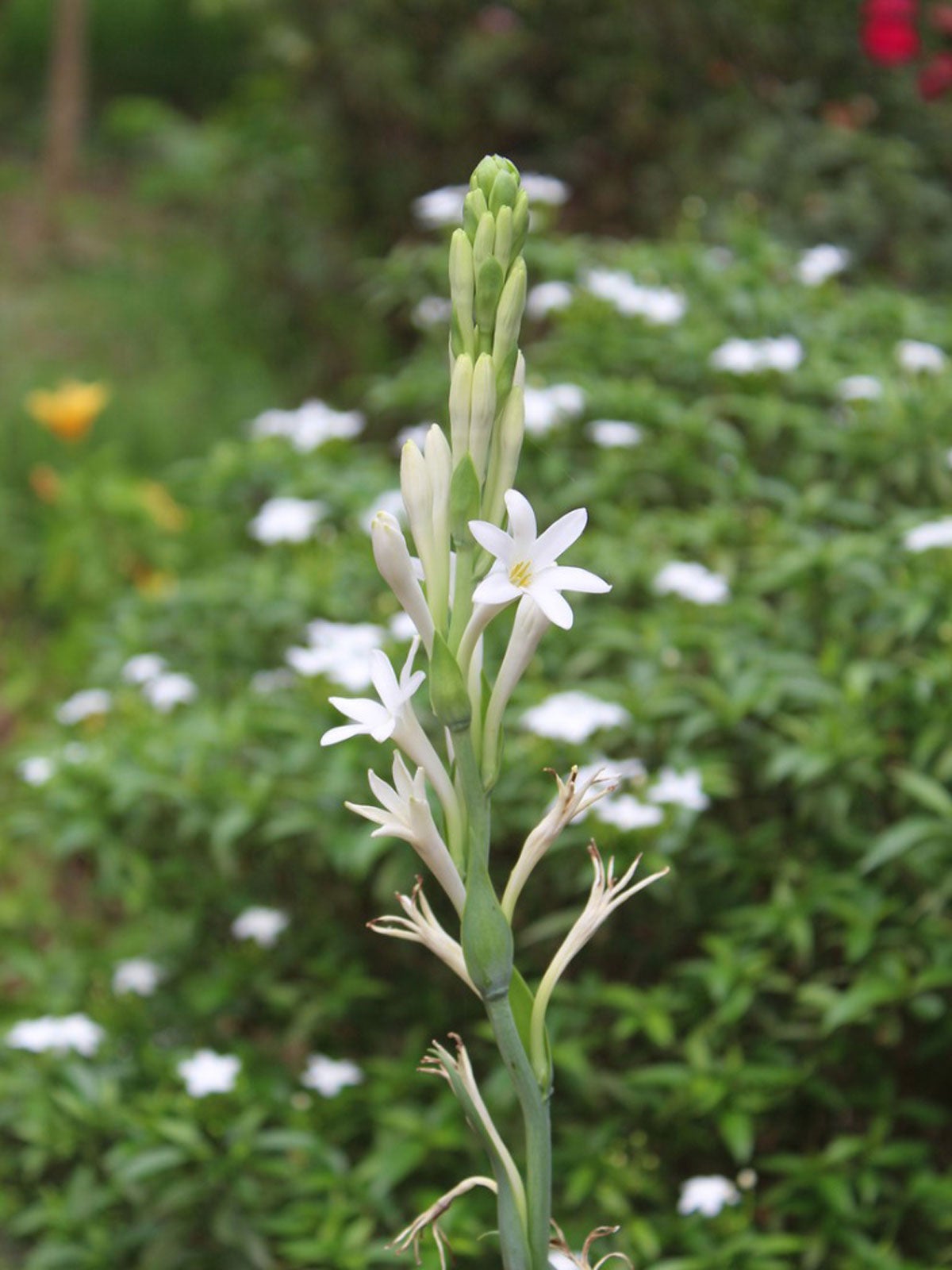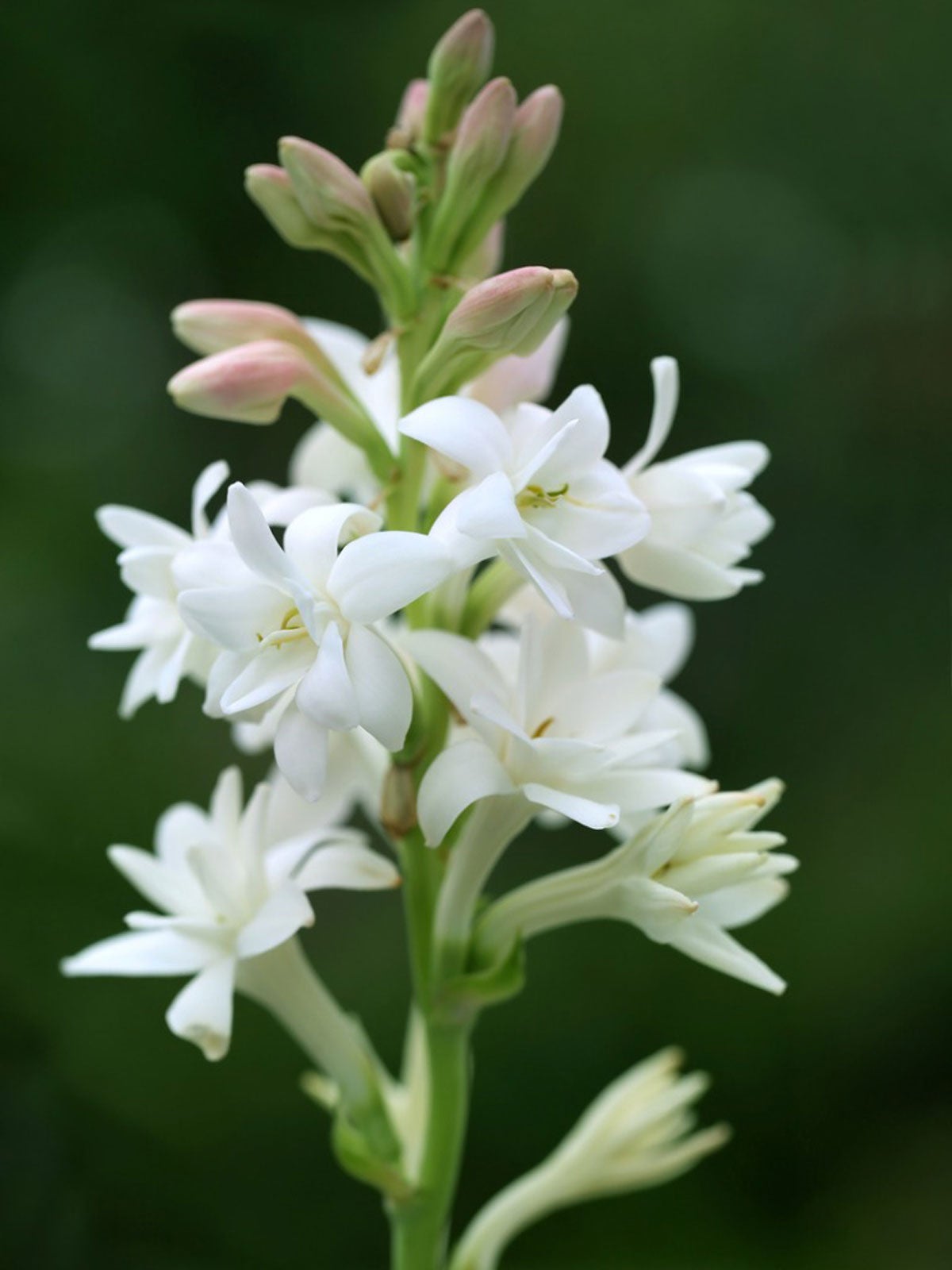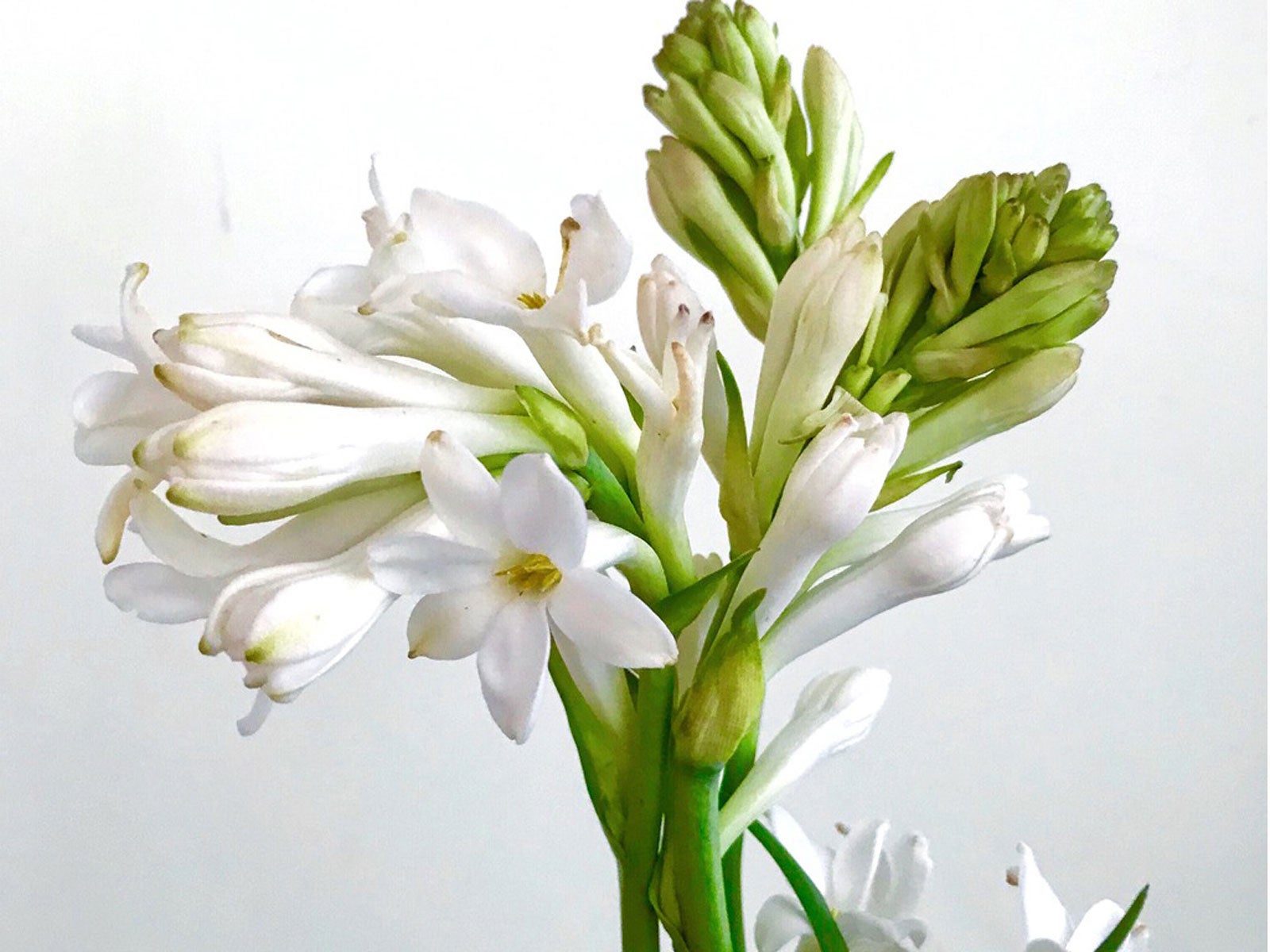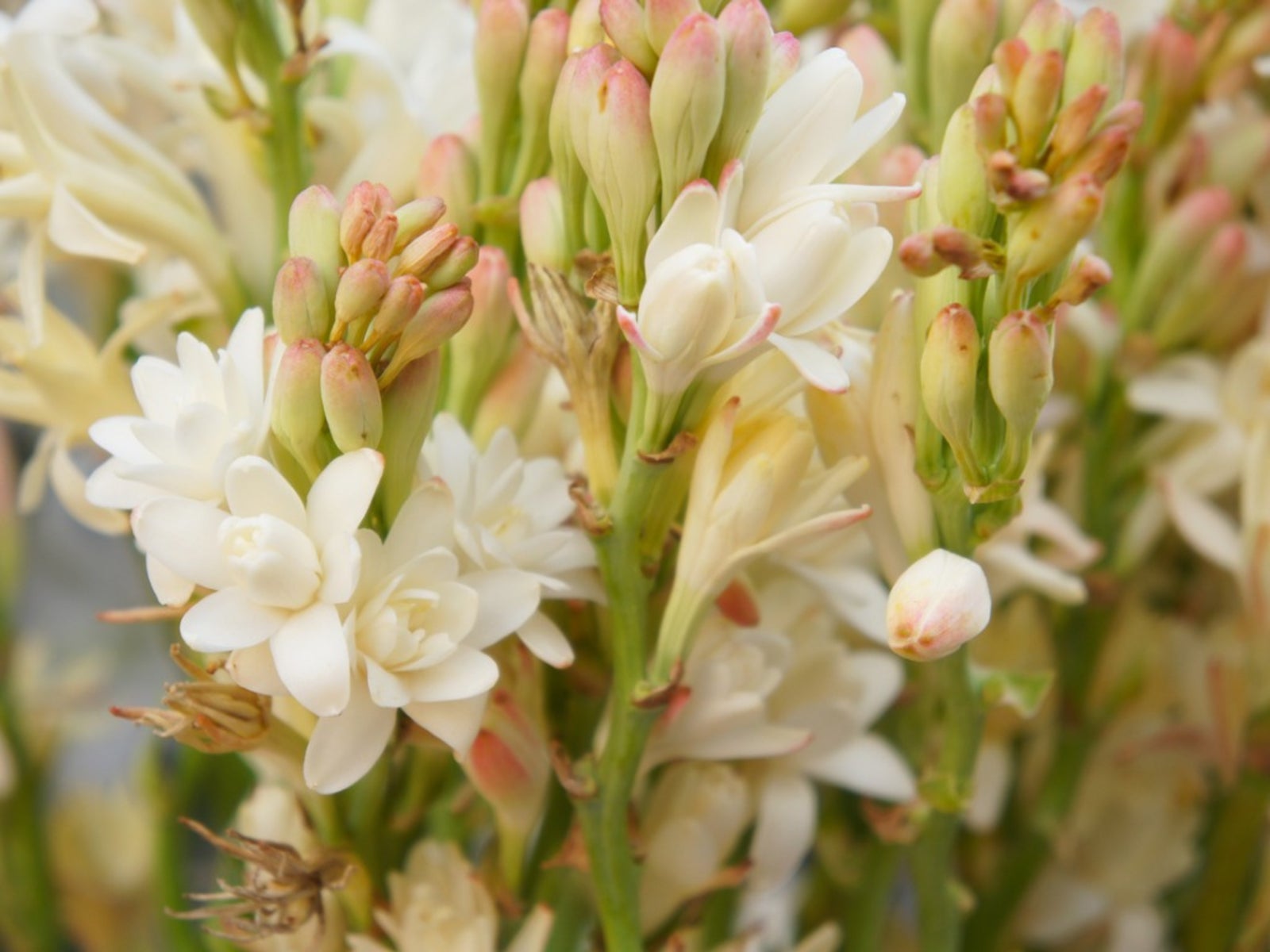Tuberose Plant Division: How To Divide Tuberoses In The Garden


Tuberoses don’t have true bulbs but are often treated like plants that grow from bulbs. They have large roots that store nutrients, like bulbs, but these roots don’t contain all the plant parts as bulbs do. Dividing tuberose plants takes some careful maneuvering as you separate those roots to grow new plants.
How to Divide Tuberoses
Tuberose plant division can be tricky. You can end up with some useless bits of root that won’t put out new growth if you don’t do it right. Start by cutting back the browning and dying foliage. Cut it so that there are 2 to 3 inches (5-8 cm.) above the soil.
Use a trowel to dig around the plant. Take care not to damage the roots with any tools. Get the trowel right under the root system and gently lift it out from the soil. Brush off excess soil from the roots and check them over for damage, soft spots, and rot. You can cut off these damaged portions of the roots.
Cut the roots apart with the trowel, or with a sharp knife if necessary. Each section you cut should have eyelets, similar to potatoes, but can be hard to see. You’ll have to brush the dirt away and look carefully. You can replant the root sections right away, putting them in the soil to a similar depth of the original plant.
If you are in a climate that is too harsh in winter for these Mexican natives, overwinter the sections indoors. Keep them in a cool, dark place that gets no colder than about 50 degrees F. (10 C.).
When to Divide Tuberoses
Fall is the best time to divide tuberoses. Wait for the foliage to die back before you dig up the roots for division. You don’t have to divide them ever year, but don’t simply wait until you want to grow new plants. It’s best for the health of the tuberose plants if you dig up and divide the root systems every four to five years.
Gardening tips, videos, info and more delivered right to your inbox!
Sign up for the Gardening Know How newsletter today and receive a free copy of our e-book "How to Grow Delicious Tomatoes".

Mary Ellen Ellis has been gardening for over 20 years. With degrees in Chemistry and Biology, Mary Ellen's specialties are flowers, native plants, and herbs.
-
 Looking For Plants To Give You The Soft And Fuzzies? Try These 5 Fuzzy Leaf Plant Options
Looking For Plants To Give You The Soft And Fuzzies? Try These 5 Fuzzy Leaf Plant OptionsLovers of texture, drama, silver foliage and tactile plants will adore these special sensory garden additions. These fuzzy leaf plant options will leave you all aglow
By Susan Albert
-
 Get Ready For A Summer Of Hummers! Grow These Full Sun Hummingbird Plants and Flowers
Get Ready For A Summer Of Hummers! Grow These Full Sun Hummingbird Plants and FlowersIf you’re lucky enough to enjoy a sunny backyard, make sure you are maxing out on your pollinator opportunities and grow these full sun hummingbird plants and flowers
By Tonya Barnett
-
 Tuberose Bulb Planting: How And When To Plant Tuberose
Tuberose Bulb Planting: How And When To Plant TuberosePlanting a tuberose bulb in the garden will add excitement with minimal care. How and when to plant tuberose is key to success. Learn more here.
By Tonya Barnett
-
 Indoor Tuberose Care: Can You Grow Tuberose As A Houseplant
Indoor Tuberose Care: Can You Grow Tuberose As A HouseplantWith basic needs provided, there’s no reason you can’t enjoy potted tuberoses inside. Click here to learn how to grow tuberose as a houseplant.
By Mary H. Dyer
-
 Tuberose Plant Info: Learn About The Care Of Tuberose Flowers
Tuberose Plant Info: Learn About The Care Of Tuberose FlowersFragrant, showy flowers in late summer lead many to plant tuberose bulbs. Read this article to learn more about the care of tuberose flowers in the garden. Soon you will be enjoying these beautiful blooms.
By Becca Badgett